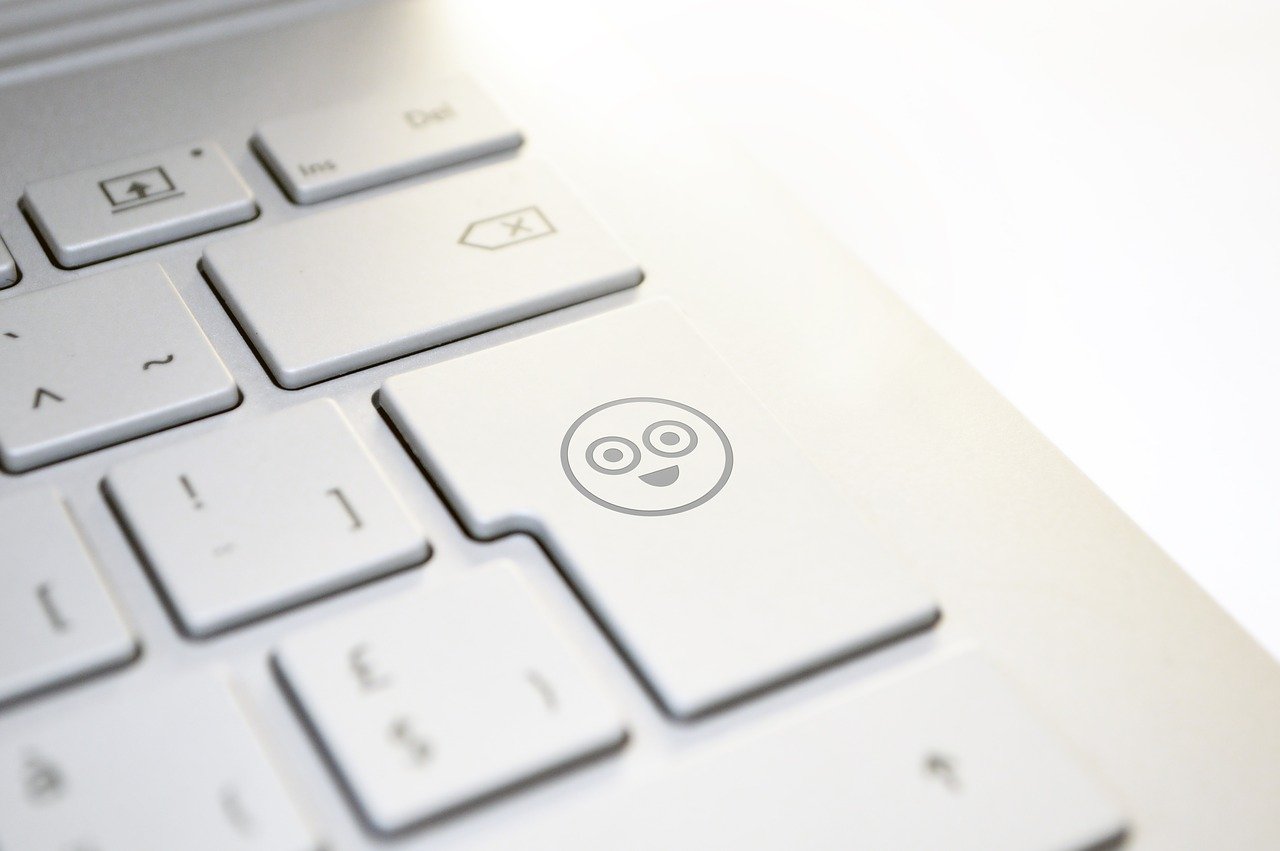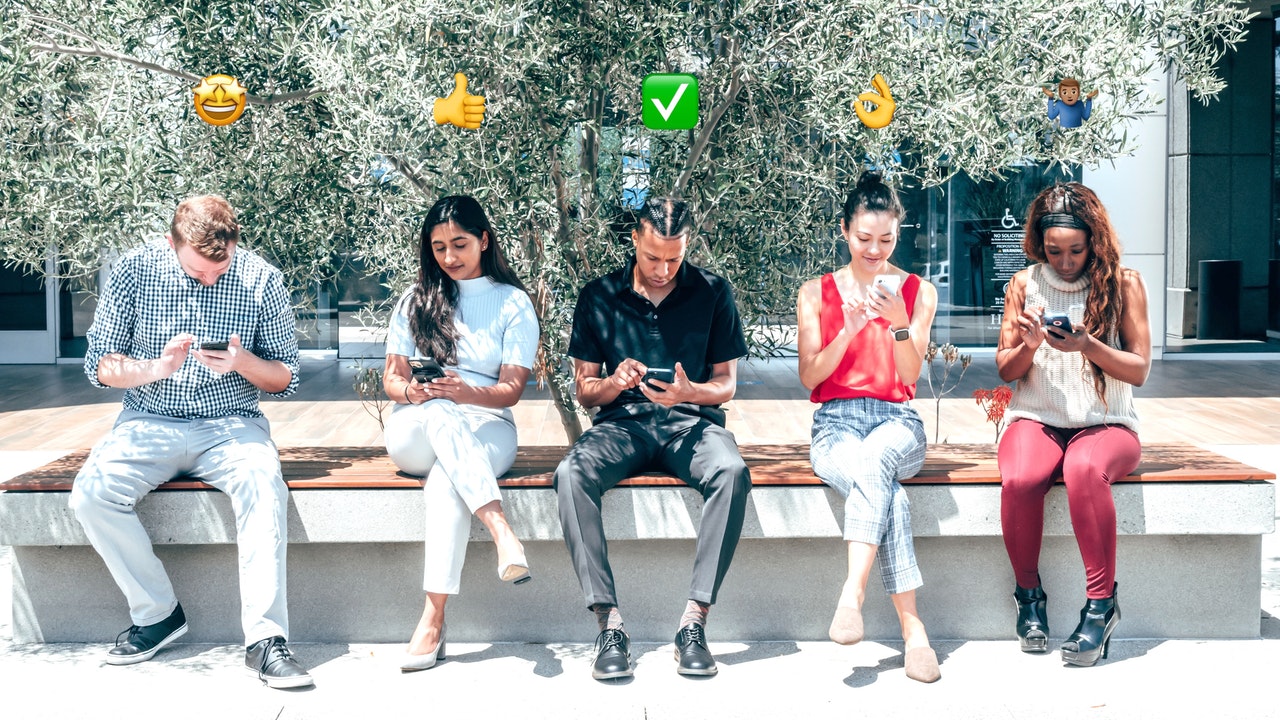
Emojis are everywhere – they can be found in social media posts, emails, text messages, and even corporate memos. They seem harmless enough at first glance; after all, symbols always look nicer than long strings of words. However, it is important to remember that emojis might not mean what you think they do.
To ensure that your message comes across the way you want it to, here is an easy guide on how to use them properly!
The Meaning
It is important for people who communicate via social media or texts to familiarise themselves with what emojis mean so that they don’t accidentally send the wrong message. It is also important to keep in mind that some emojis carry different meanings depending on how they are presented, so using a thinking face instead of a sad or happy face may better convey your feelings.
There are also the forms of universal language that can be used across all emojis, such as an accusatory finger for deflecting blame onto someone else. Emojis mean many things, but there are some safe assumptions you can make about what they generally stand for based on their presentation. To start with, a flag of Malta emoji means that someone is from Malta or going there, as it is safe to assume that if someone sends a winking emoji it means that the message is intended as a joke. These general understandings are what’s so precious and overpowering about emojis.
Here are a few more examples to refer to:
- Waving, waving goodbye, saying goodbye, saying farewell
- Kissing, blowing a kiss
- Crying or sad face
- Devil, evil person
- Angel, good person
The Reciever
Depending on the situation and the person you are sending a message to, it’s a good idea to be mindful of what emoji or emoticon you choose, as there may be a different meaning than what you intended for your email, text, or social media message. Do you know which emoji is most appropriate for the recipient? Here are some tips to help you appropriately use emojis when communicating with others!
- When in doubt, always send positive or non-offensive emoticons
- Use an “exclamation” face if you want to be more emphatic
- For negative content, use a “thinking” face instead of a sad or happy face that may not properly convey your true emotions
- When a sad emoji is appropriate, use a “crying” or “face with tears of joy”
- Use an accusatory finger for deflecting blame onto someone else
- Include dogs and cat faces in your messages to help friends feel included
- Send a rocket flying into space if you’re trying to be very excited about something!
- For questions, use the upwards-pointing arrow instead of using multiple question marks at the end of a sentence
- If you want to indicate that you are kidding, use a winking face so the person knows it’s intended as a joke
- A fist bump can be used to congratulate someone on something they did well or to show solidarity in agreement
- If you need to apologize, use an icon of someone bowing down on one knee.
Language Translations
In addition to iconic symbols and facial expressions, there are also a wide variety of emoticons that translate across languages making them perfect for use in multicultural settings or when communicating with people who speak different languages. For example,
- An upside-down smiley face and a lamb symbolize 🐑 (because of the “horns”) and ㋡ (because the shape is like a sheep) which means defeat or failure in Korean culture.
- An outline of hands clapping is an emoji that represents high praise or congratulations because it mimics applause. It is most often used as such in American English but can also represent “well done!” as well as sometimes expressing happiness. In Arabic, this same emoji means applauding to celebrate something great.
- The use of multiple thumbs-up emoticons represents approval, agreement, encouragement, appreciation, cheering someone on, and support.
- The use of a raised fist emoji means encouragement, solidarity (in agreement), and showing support. It has started to be incorporated into social media culture where it is commonly used during sports games and political debates.
Inappropriate Emojis to Use
There are a number of emojis that should not be used in professional or formal settings. These types of emojis have been deemed inappropriate because they can be interpreted as being romantic or flirty rather than appropriate for a work environment. If you are unsure about whether an emoji is appropriate for the situation, it is a clear sign that you should avoid using it!
Remember, emojis are just one tool in your communications arsenal that can help to ensure your message is understood by its recipient! As long as you follow these simple tips, your messages will be received as intended!







